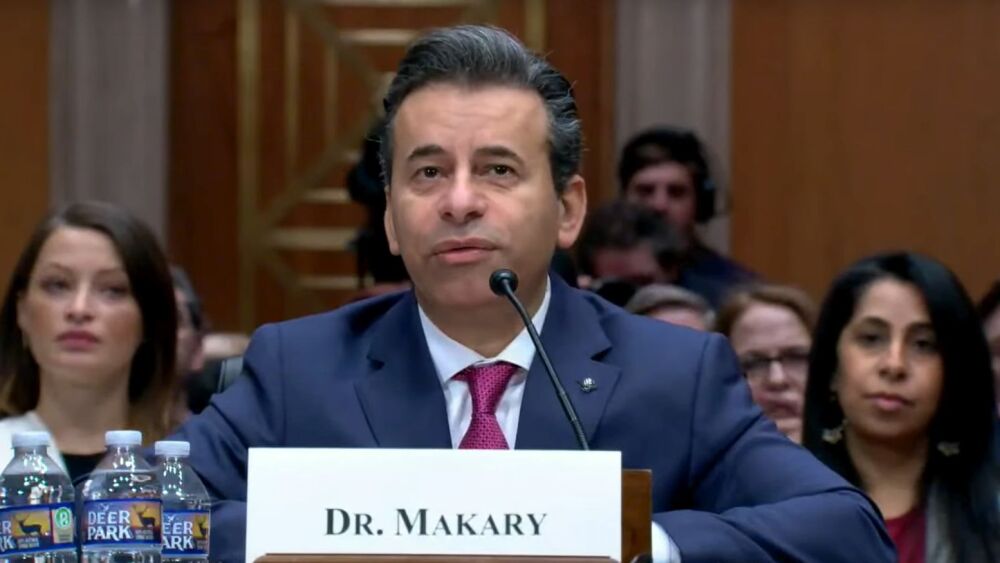Aldeyra Therapeutics reported that its reproxalap hit the mark in the Phase III Tranquility-2 study for dry eye disease. The drug showed statistical superiority for its two primary endpoints.
Reproxalap is ready for FDA review.
Lexington, Mass.-based Aldeyra Therapeutics reported that its reproxalap hit the mark in the Phase III Tranquility-2 study for dry eye disease. The drug showed statistical superiority for its two primary endpoints.
Reproxalap is a first-in-class small-molecule modulator of reactive aldehyde species (RASP), which is elevated in ocular and systemic inflammatory diseases.
In the study, the drug was statistically superior to the vehicle - which is similar to a placebo - for the Schirmer test, and displayed greater than or equal to 10 mm Schirmer test responder proportions after a single day of receiving the drug. The Schirmer test is a measure of ocular tear production. For dry eye disease drugs, it is the most common objective indication needed for drug approval.
“Schirmer test is an accepted method for measuring tear production and has been used in clinical studies for over 20 years,” Dr. Cathleen McCabe, M.D., a dry eye disease specialist for The Eye Associates in Sarasota, Florida and chief medical officer at Eye Health America said. “I am extremely encouraged about the Schirmer test results and the other clinical sign endpoint data produced by reproxalap, highlighting the broad therapeutic benefit this therapy may bring to patients suffering from dry eye disease.”
The company expects to submit a New Drug Application (NDA) to the U.S. Food and Drug Administration based on the data. If approved, it would be the first dry eye disease drug that addressed symptoms and at least two labeled objective signs of the disease.
“Many of my dry eye disease patients complain that current treatments take too long to work, prolonging symptoms and negatively affecting quality of life,” Dr. Jacob R. Lang, O.D., F.A.A.O., a dry eye disease specialist for Associated Eye Care in St. Paul, Minnesota said. “Based on its rapid symptomatic control demonstrated across multiple clinical trials, reproxalap has the potential to be not only an important treatment option but a first-line therapy for dry eye disease.”
Approved drugs on the market for dry eye include Oyster Point’s Tyrvaya (varenicline solution), AbbVie/Allergan’s Restasis (cyclosporine ophthalmic emulsion), Sun Ophthalmics’ Cequa (cyclosporine ophthalmic solution), Novartis’ Xiidra (lifitegrast ophthalmic solution) and Kala Pharmaceuticals’ Eysuvis (loteprednol etabonate ophthalmic suspension).
The dry eye disease market is broken up by product, including artificial tears, anti-inflammatory drugs, punctal plugs, secretagogues and others. The overall market in the U.S. in 2021, according to Mordor Intelligence, was $5.209 billion.
“The positive results of Tranquility-2 are expected to complete the most comprehensive dry eye disease NDA submission to date,” Dr. Todd C. Brady, M.D., Ph.D., president and CEO of Aldeyra said. “I want to express my sincere gratitude to the principal investigators and more than 1,700 patients who have participated in clinical trials of reproxalap over the past five years, as well as our stockholders and other stakeholders for their continued confidence in Aldeyra. For many of the more than 39 million U.S. adults who suffer from dry eye disease, we believe the need for a rapidly acting therapy with a novel mechanism of action is significant. We are confident in the potential of reproxalap to meet that need.”
Aldeyra’s pipeline includes another RASP modulator, ADX-629. In March, the company announced the results of a trial with the drug in 10 patients with moderate psoriasis. At 12 weeks, psoriasis area and severity index (PASI) scores showed statistically significant decreases compared to baseline and peak PASI 50% and PASI 75% responder percentages of 57% and 24%, respectively. It also reported data from a crossover trial of the drug in eight patients with mild asthma.
In addition, ADX-629 is being evaluated in mild to moderate COVID-19.
At the time, Brady said, “The promising results exhibited by ADX-629 represent the first clinical data supportive of RASP modulation as a novel pharmacology for the potential treatment of systemic disease. Accordingly, we plan to advance our proprietary RASP modulator platform, which includes ADX-629 and other novel molecules, into new indications mediated by RASP, effecting a new milestone for Aldeyra as we continue to expand our focus to systemic and retinal diseases.”





